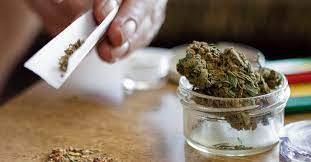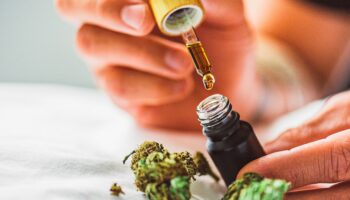Genetics, stress, poor oral hygiene, and unhealthy lifestyle habits lead to gingivitis. This, if left untreated, can significantly progress to periodontal disease, causing gum inflammation, bone involvement, and tooth loss.
The dental practice in Powell, TN, focuses on preventing disease progression through noninvasive procedures like gingival pocket irrigation.
What is gingival pocket irrigation?
Pocket irrigation is a dental procedure that focuses on the elimination of plaque, food debris, and bacteria interdentally (between the teeth) and subgingivally (between your teeth and the gum line).
When gingivitis progresses into periodontal disease, there is a loss of attachment and formation of gingival pockets. This harbors plaque and bacteria that can further damage the structures supporting the teeth. The tool used for the treatment is called a pocket irrigator.
What are the benefits of pocket irrigation?
Pocket irrigation is a popular dental procedure that offers several preventive benefits:
- Aids in subgingival and interdental cleaning as well
- Pocket irrigators have rounded end tips, preventing damage to the soft tissue below the gum line.
- The powerful yet gentle water jets can effectively flush out foreign particles that can prevent halitosis (bad breath)
- The water jets can be used to spray antimicrobial agents that can kill strains of harmful oral bacteria.
How is pocket irrigation performed?
Pocket irrigation is usually performed in combination with other dental procedures.
It could be performed in conjugation with:
- Professional dental cleaning
- Pocket reduction surgery
Used with deep cleaning procedure
- Your dentist will use a pocket irrigator after routine scaling and root planing to cleanse the pockets.
Used in combination with pocket reduction surgery
- Pocket reduction surgery aims at gaining access to the roots of the teeth in order to remove calculus and bacteria.
- Incisions are made to lift gum flaps, followed by deep scaling and root planing.
- An antimicrobial agent will be applied through an oral irrigator to eliminate any remaining subgingival bacteria.
- The flaps are raised and reattached to a new position.
- The incisions are closed through sutures.
What are at-home pocket irrigators?
Your dentist can recommend pocket irrigation at home as a part of your daily routine using a water jet or water pick. This is considered less harmful than dental flossing.
At-home Pocket irrigators are convenient, affordable, and effective devices that can be used in combination with regular brushing if you are at an increased risk of gingivitis. But these devices cannot replace professional cleaning. Ensure you visit your dentist for an oral exam and dental cleaning at least once every 6 months.
Takeaway
If gum disease spreads, it always leads to tooth loss. However, regular dental visits can help prevent this through procedures such as pocket irrigation that help curb oral bacteria.







